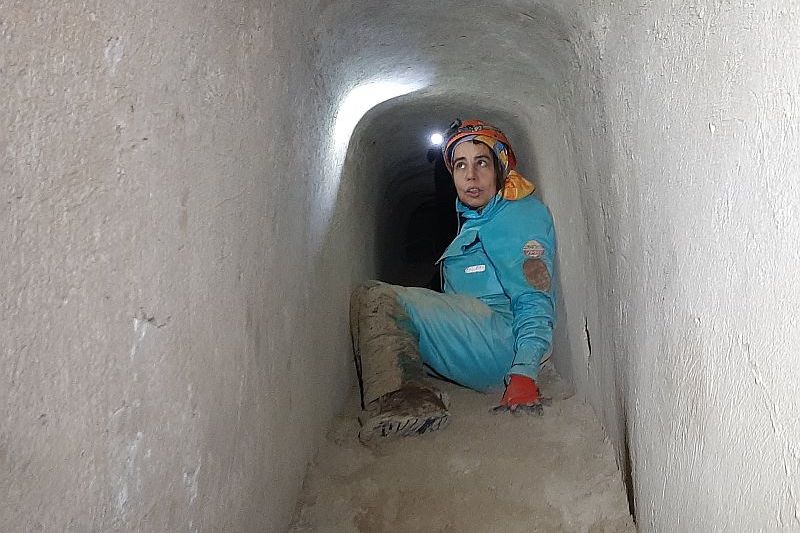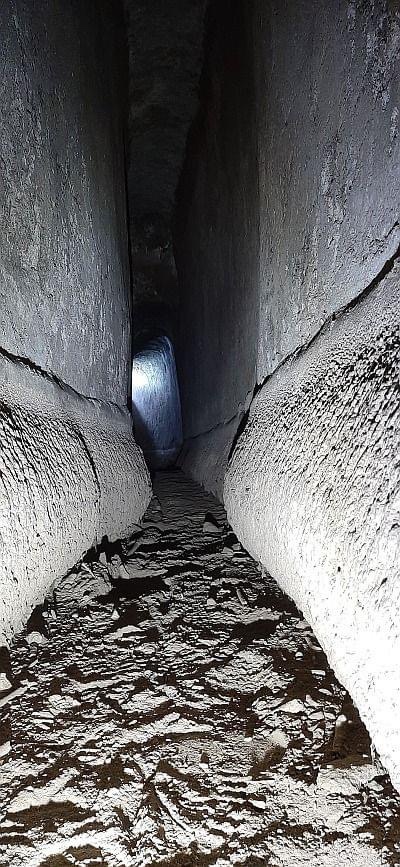The “Aqua Augusta,” built in the early first century BC during the Augustan era in Naples, Italy, is one of the largest and most complex aqueducts in the Roman Empire. Archaeologists and historians are equally excited by the discovery of a previously unknown piece of the ‘Aqua Augusta’ aqueduct.

The Serino springs in the Campanian Apennines, which constitute the primary spring region of the karst aquifer in the Terminio massif, were the source of potable drinking water for the Aqua Augusta (Southern Italy). Despite its historical significance, the Aqua Augusta remains one of the Roman era’s least investigated and understood aqueducts. As a result, the missing tunnel has made today’s news.
The longest stretch of the Aqua Augusta
Constructed by Marcus Vipsanius Agrippa, a close friend, and son-in-law of the Roman emperor Augustus, the Aqua Augusta measures around 90 miles (145 km) and it was the longest aqueduct in the Roman world for over 400 years.
Running from the Posillipo hill, an affluent residential quarter of Naples, to the crescent-shaped island of Nisida, the rediscovered section of the Aqua August is approximately 640 meters (2,100 ft) in length, representing the longest known stretch discovered to date.
Despite its historical importance, until now the Aqua Augusta had received limited attention from researchers. The newfound segment of the Aqua Augusta, however, was identified by the Cocceius Association, a non-profit group specializing in speleo-archaeological work, the Extraordinary Commissioner for the Reclamation of Bagnoli, and Invitalia.
Truths buried in myths
The discovery of this stretch of the Aqua Augusta came from a series of stories from local residents who claimed they had explored the tunnels as children. These reports had always been written off as mythical, but now, according to a report in Arkeonews, the discovery “highlights the significance of preserving local knowledge and folklore,” as well as the role of community engagement in the discovery and preservation of ancient sites.
The Aqua Augusta comprised ten branches of water that supplied urban centers and wealthy villas with water. The newly discovered section of the Aqua Augusta is described as being in “excellent” condition compared with the many crumbling underground water tunnels in Italy. And for this reason, the newly discovered section offers archaeologists the opportunity to study what is one of “the best-preserved” sections of a Roman aqueduct anywhere in Italy.
A library of ancient engineering
The main tunnel is 52 cm (20.47 in) broad, 70 cm (27.55 in) long, and 64 cm (25.19 in) high. At the foot of the piers, it has a hydraulic plaster covering that is covered by a thick layer of limestone. Due to surveying mistakes, Agrippa’s builders did not choose the most direct route, and the main tunnel encountered various impediments along the way. The full length of the aqueduct, however, is accessible, and each part demonstrates a variety of old engineering skills.

The discovery of this new section of the Aqua Augusta not only provides insights into ancient Roman engineering and building skills, but it also provides information on the aqueduct’s cultural and social value, as well as its role in the daily lives of the ancient Roman people.
This find serves as a reminder not just of the relevance of local storytelling, but also of the need of maintaining and protecting our cultural legacy, as well as the role of community participation in the discovery and conservation of historic monuments.




